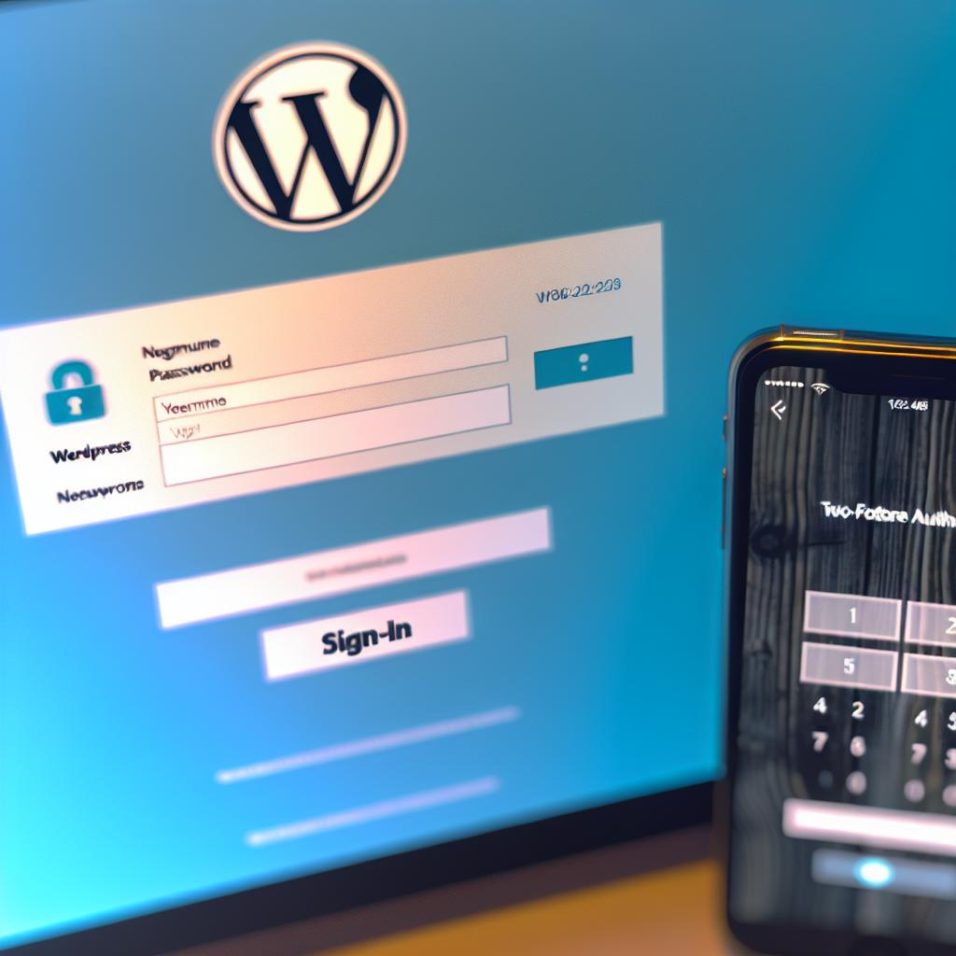Why Two-Factor Authentication is Essential
The digital landscape is fraught with potential security threats. Hackers employ various tactics to compromise websites, including brute force attacks and phishing schemes targeting password credentials. Two-factor authentication (2FA) adds a critical safeguard by ensuring only authorized users can access your WordPress site. This method serves as a strong deterrent to attackers, substantially reducing the risk of unauthorized access.
Exploring Security Beyond Passwords
Traditional authentication systems relying solely on passwords have significant weaknesses. Passwords can be stolen, guessed, or leaked through data breaches. Adding a second layer of security through 2FA addresses these vulnerabilities by requiring a physical or digital token—such as a smartphone or an authentication app—alongside the password.
How 2FA Reduces Risk
By necessitating possession of a unique device or code, 2FA greatly minimizes risks associated with compromised passwords. Even if an attacker gains access to your password, they will still require the second authentication factor to infiltrate your WordPress site. This not only protects your content but also safeguards sensitive user information stored on your site.
Delving Deeper into Plugin Options
When selecting a 2FA plugin, consider the following additional aspects:
Compatibility: Ensure the plugin is compatible with the latest WordPress versions to prevent conflicts.
User Experience: Plugins should be easy to configure and use without excessive complexity.
Support: Good documentation and active support can be invaluable, especially when troubleshooting.
For an exhaustive list of plugins, you can explore the WordPress Plugins Directory, which offers user reviews and ratings to guide your decision-making process.
Ensuring a Smooth Installation and Configuration
Steps for a Seamless Experience
Once you have installed your preferred 2FA plugin, dedication to seamless configuration and testing is key. Through user forums and support channels, you can explore best practices that enhance security and user interaction. It’s advisable to carry out these steps during low-traffic periods to minimize potential disruptions.
Implementing Robust Testing
Testing isn’t merely a formality; it’s an essential practice to ensure that the 2FA setup functions as expected. Initiate the process by conducting test logins, verifying that the system prompts you for the additional authentication factor consistently. Despite its simplicity, this step ensures readiness to handle real-world scenarios effectively.
Addressing Contingencies with Backup Strategies
While 2FA enhances security, preventive measures are crucial for unforeseen circumstances, like device loss or damage. A well-structured backup plan will include:
Secure Code Storage: Consider encrypting backup codes or employing password managers for secure storage.
Alternative Recovery Methods: Email and phone number recovery options offer alternative pathways to regain access if your primary method fails.
Proactively managing these elements allows for quick recovery from disruptions, maintaining security without hindering user access.
Summary and Continuous Improvement
Incorporating 2FA into your WordPress security toolkit is not merely a one-time task; it is an ongoing commitment to digital safety. Regular reviews of your security settings, coupled with updated backup strategies, help maintain a fortified environment. By leveraging resources within the WordPress community, you can stay abreast of new security trends and technologies, continually enhancing your site’s defenses.
For further assistance and resources, the WordPress Support Page is an excellent starting point, providing access to ample documentation and user discussions.

